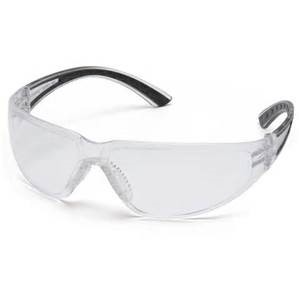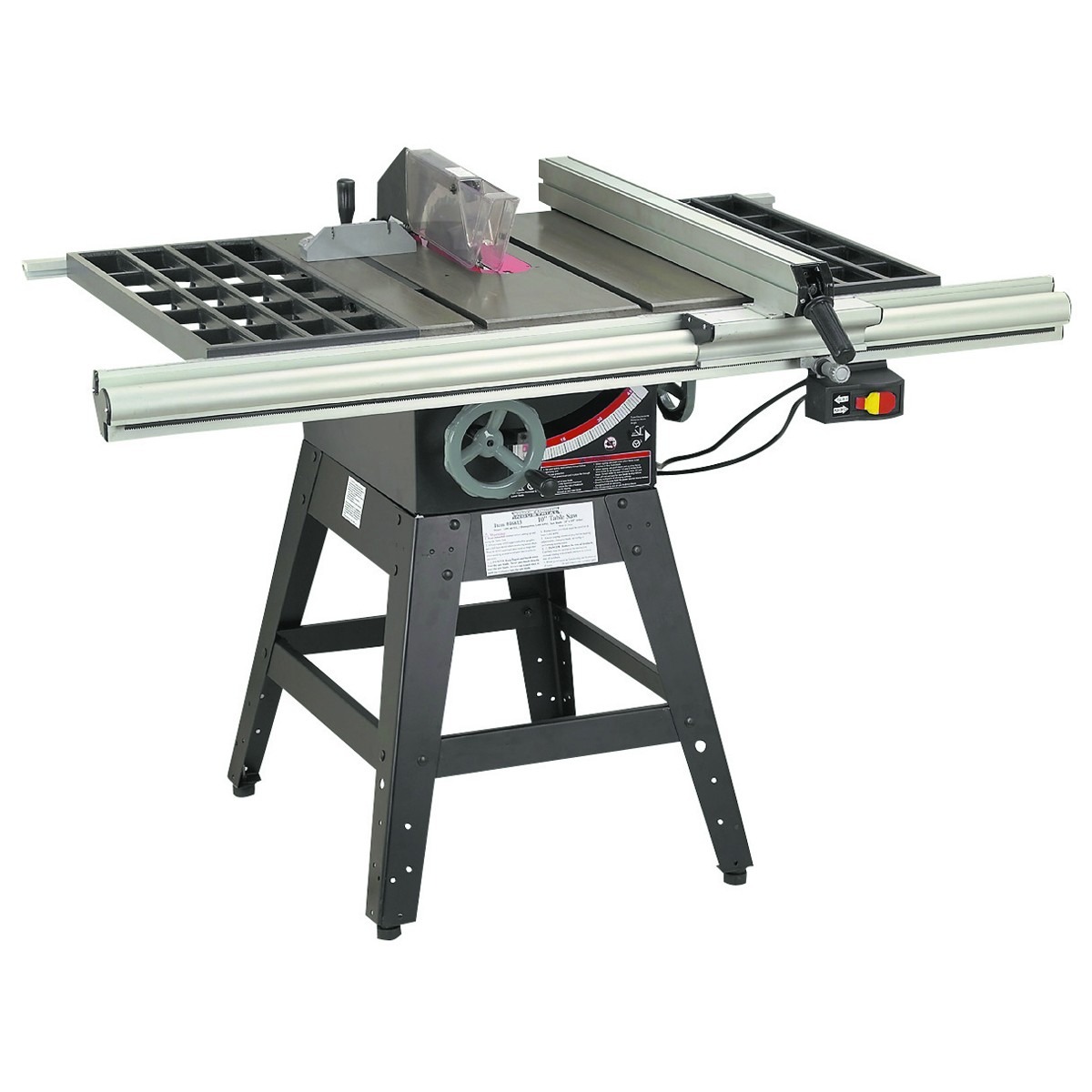Thousands of Americans are hurt by woodworking tools each year. Common causes of accidents include rushing, cutting corners and not following proper safety practices. There are a few basic principles that you can follow to stay safe while using woodworking tools at home.
1. Always wear safety gear. Yes, sometimes it feels silly. Yes, your significant other and kids might poke fun at you but trust me, they make this stuff for a reason. IT WORKS. Safety glasses should be worn at all times. Hearing protection should be used when operating loud tools and saws. Depending on the task at hand you may or may not want to wear gloves.
2. Wear appropriate clothing. Do not wear any loose clothing that could get caught in saw blades or other equipment. This includes the little stings that come on hooded sweatshirts. Make sure you are dressed for the weather so you can work comfortably and can keep your focus on the task at hand. Remove any and all jewelry.
3. Avoid drugs or alcohol. It should be pretty obvious that when you are going to do any sort of woodworking your blood alcohol should be 0.0000. While one beer may seem innocent enough, fight off the temptation until you’ve put the tools away for the day.
4. Stay alert. Once fatigue starts setting in, it is a good idea to call it quits for the day. Fatigue is a major threat to safety. Our decision making is impaired when we are tired and it tends to lead to sloppy work and shortcuts. Don’t operate saws or other woodworking tools unless you are alert and engaged.
5. Disconnect Power. Whenever you need to change a bit or blade on a tool, make sure the power is disconnected. Some experts recommend only using one extension cord in the shop. This forces you to consciously switch the cord from tool to tool and helps you to be more conscious about disconnecting power for blade/bit changes.
6. Use Sharp blades or bits. Often times homeowners will try and save a few bucks by continuing to use a blade or bit that has gone dull. Dull blades force the tool and the operator to work harder, which can lead to kick-backs or binds. Sharper blades will also produce a better cut and better end-result. Be sure blades are kept clean and sharp.
7. Check for nails, screws and other metal. It goes without saying that sawblades and metal don’t mix. Be sure to visually inspect the piece before you cut it. If you are working with reclaim materials you need to be extra vigilant and may want to use a metal detector. Hitting a nail or other type of metal could cause a kick-back. This is a common injury, so be aware.
8. Never reach over a blade. When working with various types of saws such as table saws or miter saws, never put your hands anywhere near a moving blade. This includes when removing cut- offs. Wait until the blade has completely stopped moving or get help if the item you are cutting is large.
9. Avoid distractions. Distractions are a part of everyday life. When using dangerous woodworking equipment remember, safety first. Do not ever look away or divert your attention from what you are cutting. Distractions can be a recipe for disaster.
10. Listen to your fear. There are always best practices and rules to follow with different tools. Make sure you fully understand how to operate your tools and follow best practices. If you do not have confidence in using a tool, don’t do it. Get help or go slow to build up your confidence.
DIY projects and woodworking can be fun and rewarding, as long as proper safety practices are followed. Please exercise caution and common sense when working with various woodworking tools.


